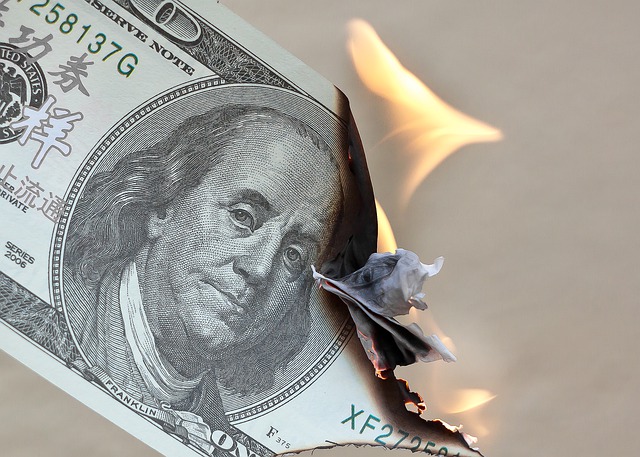
Inflation, recession, and bear and bull markets are all economic terms we are now familiar with and understand how they affect our daily lives. But as the economy’s growth waxes and wains due to the Fed’s interest rate hikes, more and more economic jargon is going to come out of the woodwork. As CNBC’s Jeff Cox reports on the rate of retail growth, the economic data might suggest that certain retail sectors are in a contraction. Just one problem — what the heck is an economic contraction? As always, we turn to the experts at Investopedia for answers.
An Economic Contraction
An economic contraction is a state of decline for the economy overall, and comes directly after an economic trough, which is a period of growth. Contractions are a natural part of any economy’s business cycle, which consists of four parts:
- Expansion
- Peaking
- Contraction
- Recession
What we’re seeing here is not necessarily a full economic contraction, as Cox reports, as the rate of unemployment was better than expected and prices fell slightly. We are only in a recession if the GDP (Gross Domestic Process) declines for more than two consecutive fiscal quarters in a row.
The GDP is the number one performance indicator for the economy, and according to Cox’s report prices still indicated that they were on the rise, but at a slower rate. While that shows progress in the fight against inflation (potentially more than expected) we are not out of the woods yet.
This inflation, generated by the Covid pandemic, is unique. High inflation tends to curve the GDP, as demand for goods decreases, and results in a recession; however, in this instance, the demand for goods and services has remained, postponing any future recession if albeit only temporarily.
For more retirement news, follow along with the Council for Retirement Security.



